Are you searching for a fresh and innovative way to present your data? Look no further than the whiteboard animated infographic—a compelling hybrid that combines the engaging nature of whiteboard animation with the informative power of traditional infographics.
In this blog post, we will delve deeper into the concept behind this captivating content marketing tactic and explore the reasons why you should consider using it for your next project.
The Idea Behind Whiteboard Animated Infographics
In our pursuit of showcasing the diversity of Canadian families and the key trends that impact them, my client and I aimed to find a unique and impactful method to present the statistics we had uncovered. We carefully evaluated the benefits and drawbacks of both whiteboard animation and infographics.
Research shows that 60% of businesses have used infographics in their content creation. Infographics are tremendously effective at capturing audience attention and driving engagement. They also impact retention of information significantly, more than commercials, articles with images, and text-only content.
Infographics Vs. Whiteboard Animation
While infographics excel at sharing statistics, few tactics are as captivating as whiteboard animation, which offers significant benefits and has been statistically proven to increase viewers’ knowledge, confidence and motivation to act.
Videos, on the other hand, are not easily printable for reference.
As we brainstormed a solution, the idea of repurposing content emerged as a game-changer. Why choose one format over the other when you can combine the best of both worlds?
Our solution was to create a whiteboard video that dynamically draws out an infographic in real-time, accompanied by a downloadable printable version for those who prefer referencing the data later. Thus, the whiteboard animated infographic was born—a harmonious blend of animation and information.
The Benefits of Using Whiteboard Animated Infographics
By utilizing whiteboard-animated infographics, you not only maximize your reach by appealing to diverse audiences across multiple platforms, but you also offer a fun and unique way to present your data.
These videos excel at building anticipation and entertaining while simultaneously informing, making them a powerful tool for capturing and retaining your audience’s attention.
Whether you want to engage viewers on social media, spice up a presentation, or enhance your website’s content, whiteboard-animated infographics are highly versatile and adaptable.
No matter your industry or purpose, white-board animated infographics are valuable additions to your content marketing arsenal. They help you convey complex information in a visually appealing and easily digestible manner, making it easier for your audience to grasp and remember the key takeaways.
Whiteboard-Animated Infographic Examples
Are you intrigued by the potential of whiteboard-animated infographics? Let’s take a look of some examples in action.
In this whiteboard-animated infographic we created for REC Media, we present some demographic trends around Canadian families.
How to Make a Whiteboard Animated Infographic
Producing an engaging and effective infographic involves a structured process that ensures the end product is visually appealing, informative, and aligned with your marketing goals. Here’s a guide on how to produce an infographic:
Understanding the Purpose and Audience
- Identify the Goal: Define what you want to achieve with the animated infographic (e.g., educate, drive traffic, increase brand awareness).
- Know Your Audience: Tailor the content and design to the interests, needs, and comprehension level of your target audience.
Research and Data Collection
- Gather Relevant Information: Collect data, statistics, and facts from credible sources that support your message.
- Organize Data: Sort and prioritize the information to ensure a coherent flow and relevance.
Conceptualizing the Design
- Choose a Type of Infographic: Decide on the format (e.g., informational, timeline, process, comparison) based on your content.
- Create a Wireframe: Sketch a basic layout of the infographic, determining the placement of key elements like titles, graphics, and text.
Crafting the Content
- Write Compelling Narratives: Develop a concise, engaging script or narrative that complements the visual elements.
- Use Visual Language: Employ visual metaphors and symbols that resonate with your audience and simplify complex data.
Designing the Animated Infographic
- Select a Color Scheme: Choose colors that are visually pleasing, reflect your brand, and enhance readability.
- Incorporate Graphics and Icons: Use relevant and appealing graphics, charts, and icons to represent data and concepts.
- Ensure Readability: Use legible fonts and organize text for easy reading and comprehension.
Refining and Finalizing the Visuals
- Feedback and Revisions: Get feedback from colleagues or target audience samples, and make necessary revisions.
- Optimize for Different Platforms: Adapt the size and resolution for various platforms where the infographic will be shared (e.g., social media, blog, email).
Whiteboard Animate the Infographic
Use whiteboard animation software like Videoscribe to animate your infographic. For more information, read our article on how to make a whiteboard video.
Publishing and Promotion
- Choose the Right Platforms: Publish your whiteboard animated infographic on platforms frequented by your target audience.
- Promote Across Channels: Utilize social media, email newsletters, and other marketing channels to promote the animated infographic.
Tracking and Analysis
- Monitor Engagement: Use analytics tools to track views, shares, and other engagement metrics.
- Gather Insights: Analyze the data to understand the effectiveness and use the insights for future infographic projects.
In Conclusion
If you’re seeking to elevate your marketing efforts and stand out from the competition, a whiteboard-animated infographic is worth considering. With their eye-catching visuals, engaging storytelling, and the ability to repurpose content effectively, they offer the best of both worlds.
Are you intrigued by this format and considering its implementation for your next project? Get in touch with us! Also, please check out more whiteboard animation examples in our portfolio. We look forward to assisting you in creating captivating and informative whiteboard animated infographics that will truly make an impact.

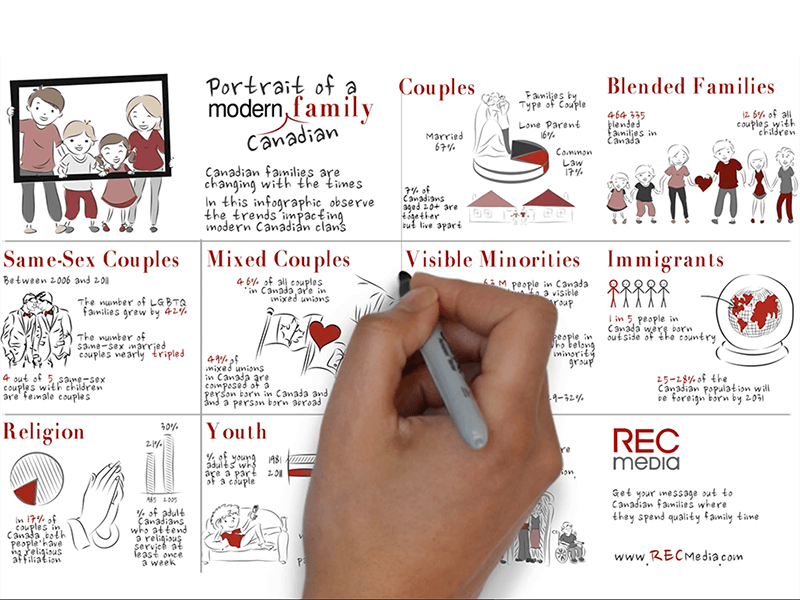

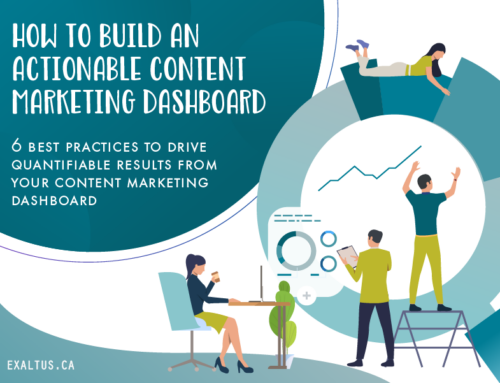
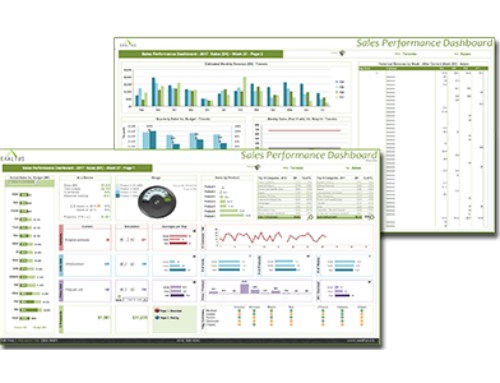
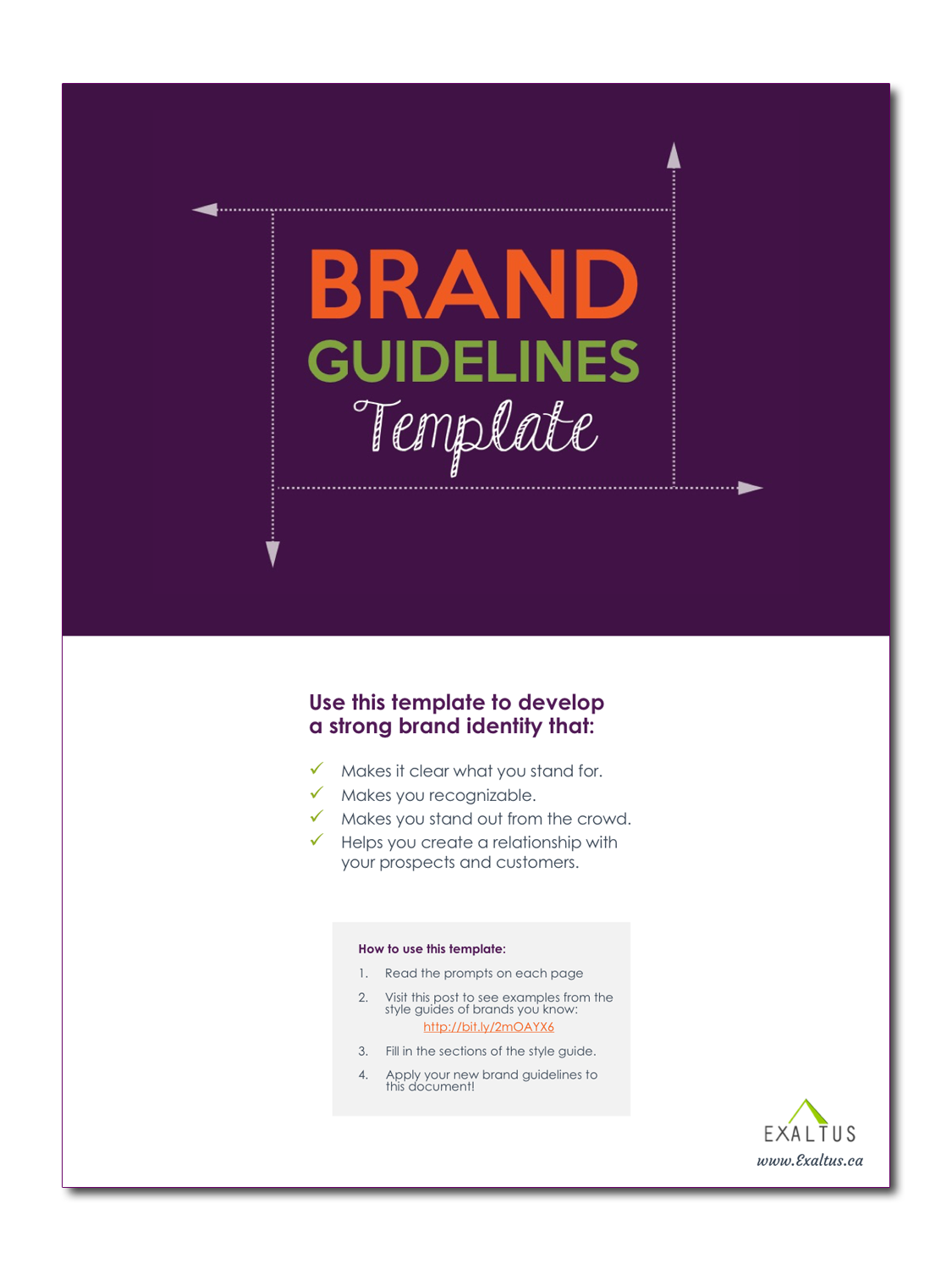

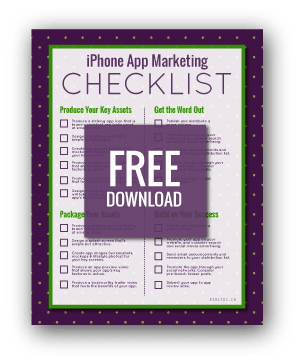
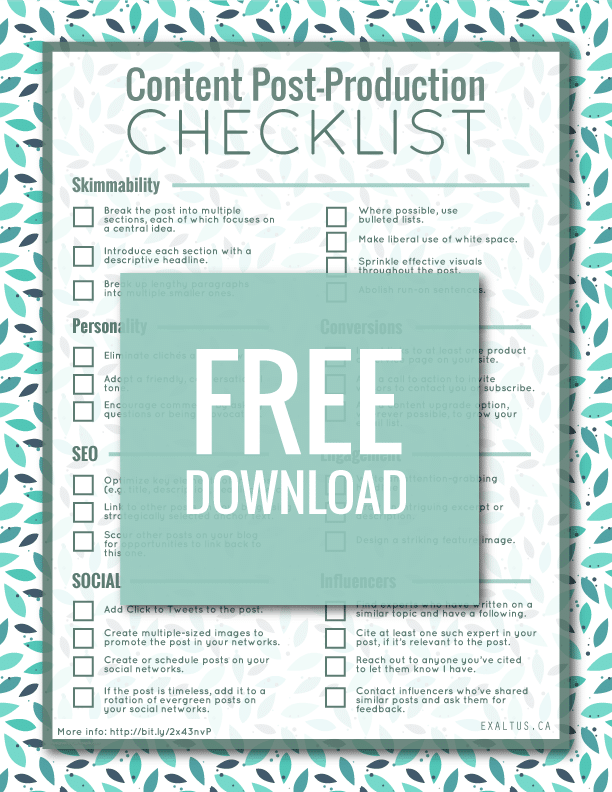
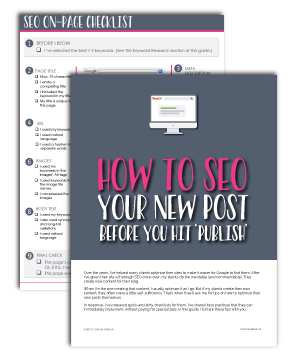
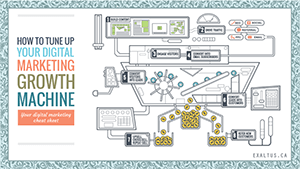
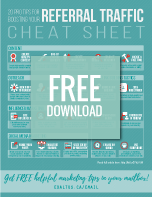
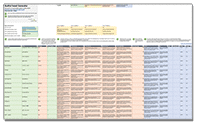
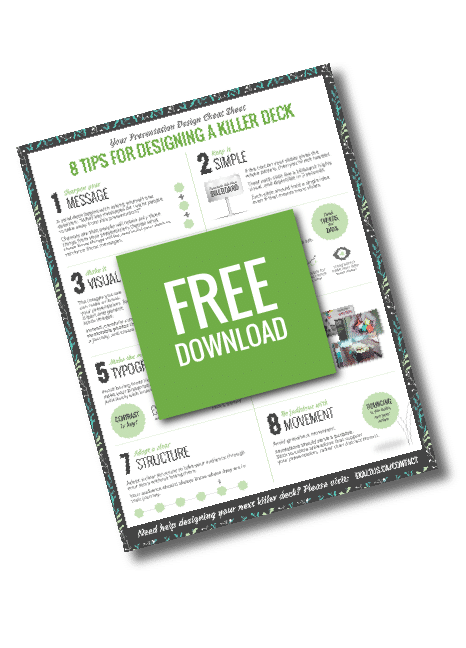
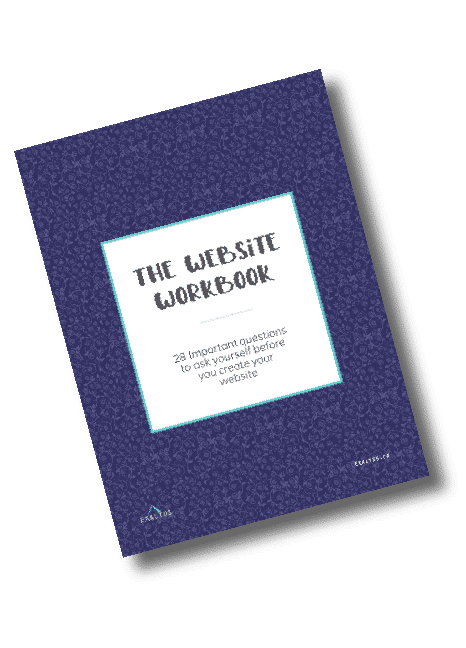
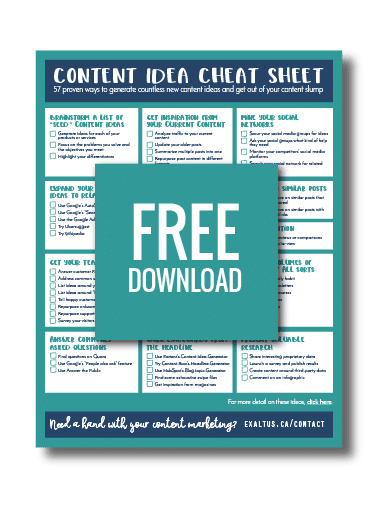
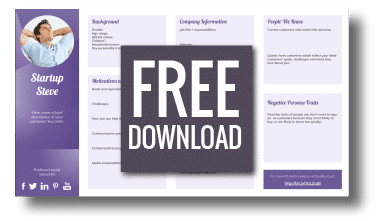
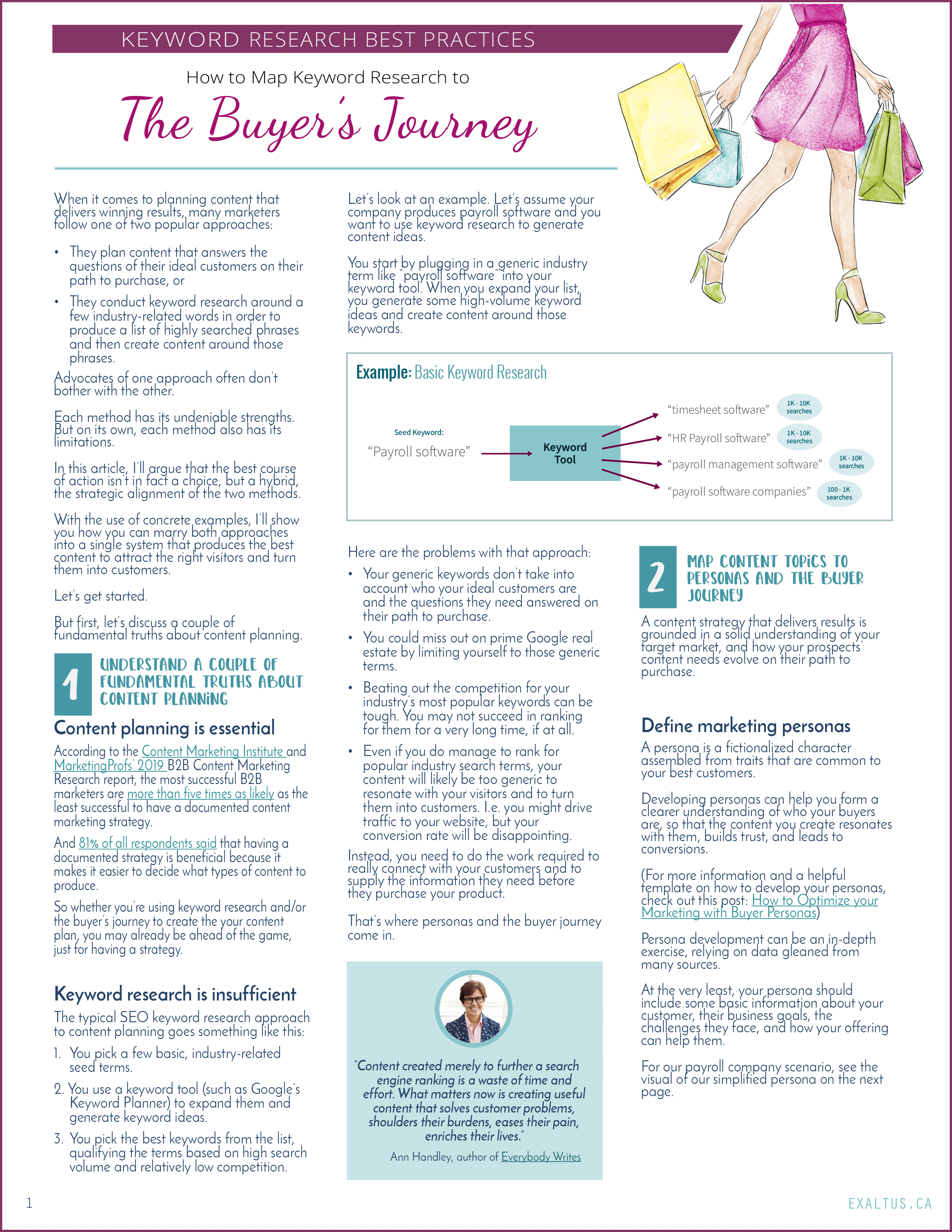
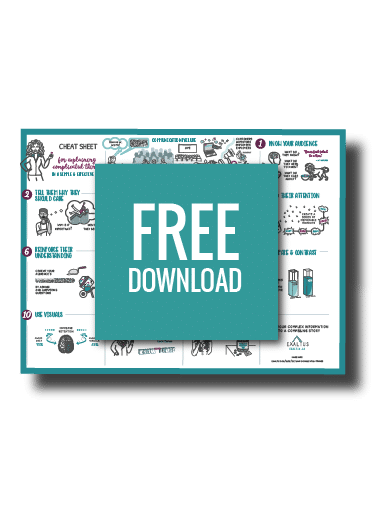
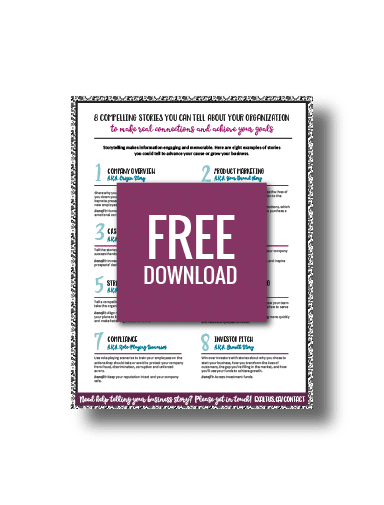
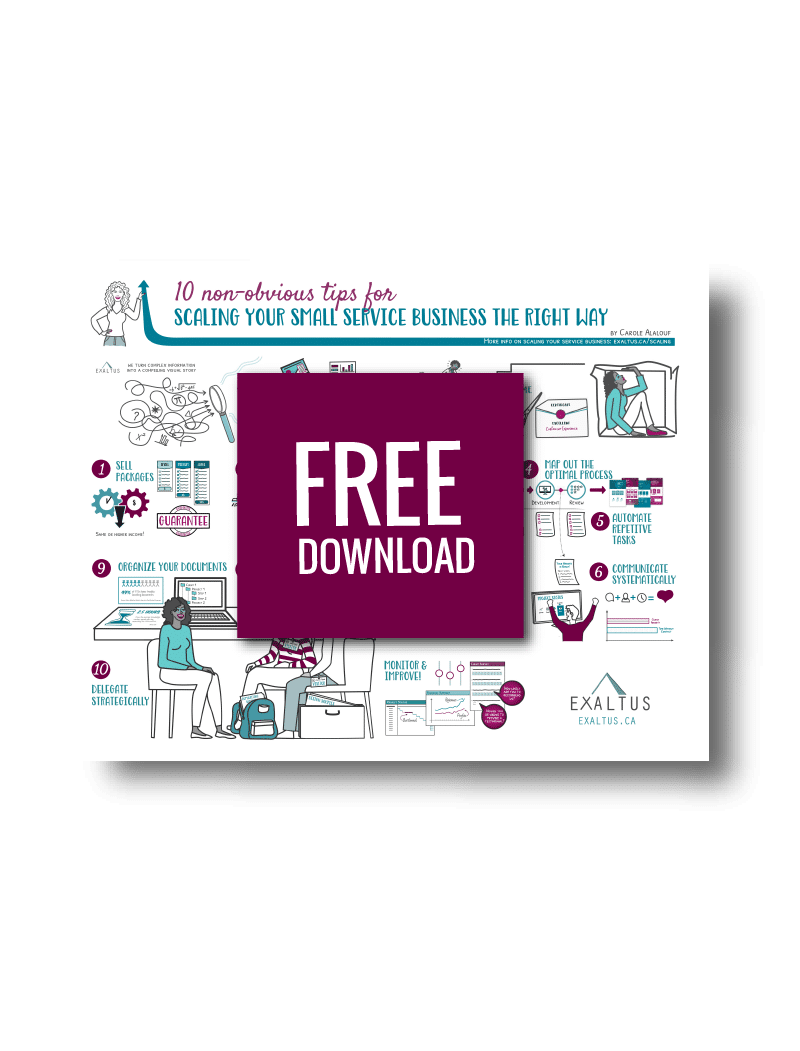
Leave A Comment